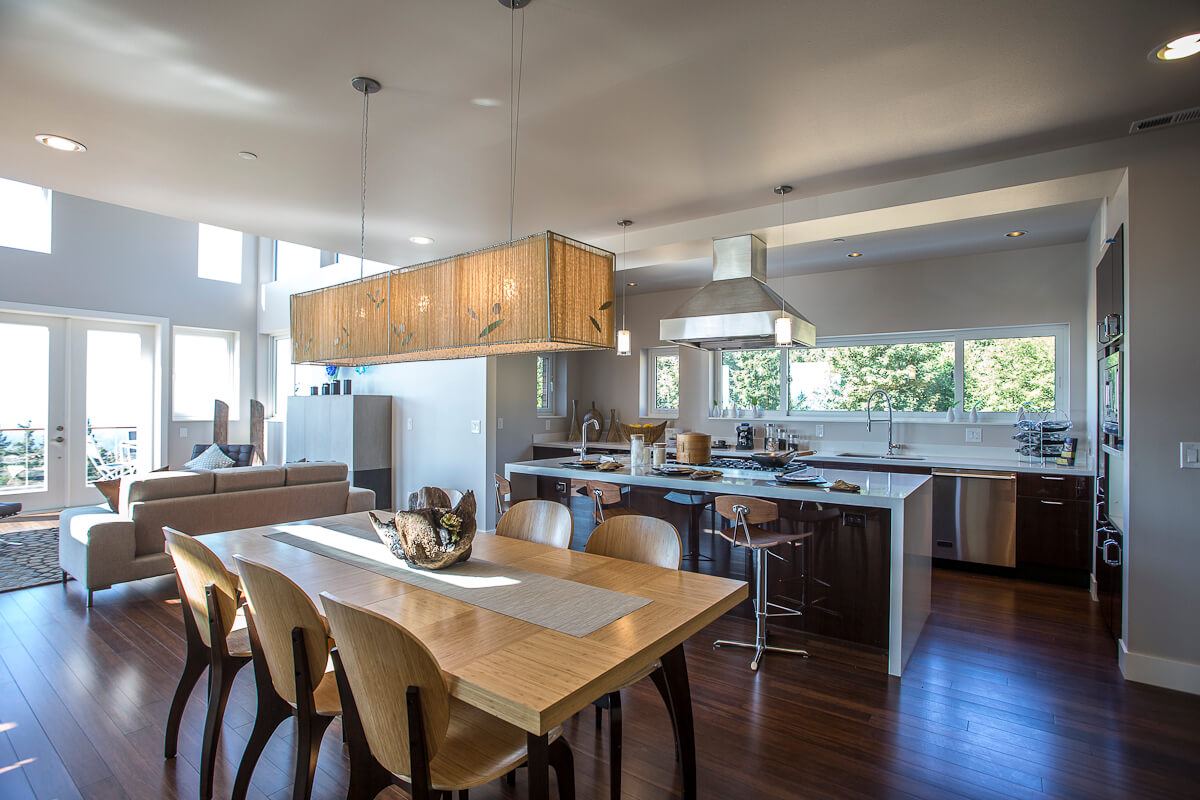From LEED to Living Buildings: Certifications Every Sustainable Architecture Firm Aims For
Introduction
Let’s face it—“sustainable” isn’t just a buzzword anymore. It’s a responsibility. Whether you’re building a dream home or developing commercial space, choosing a sustainable architecture firm that understands the ins and outs of green certifications is crucial. But what do acronyms like LEED, WELL, and LBC really mean? Let’s dive in.
LEED: Leadership in Energy and Environmental Design
LEED is the gold standard (pun intended) in sustainable building. Developed by the U.S. Green Building Council, it rewards points across several categories like energy efficiency, water use, indoor air quality, and materials.
- Certified, Silver, Gold, and Platinum levels
- Applies to homes, offices, schools—you name it
- Helps reduce operational costs long-term
Living Building Challenge (LBC)
Now here’s where it gets exciting. The LBC pushes beyond sustainability into regenerative design. It’s about creating buildings that give back more than they take—energy, water, and even joy.
To be certified, a building must meet performance targets over a full year of occupancy. Tough? Absolutely. Worth it? You bet.
Coates Design’s work is often guided by these principles, especially in projects where site sensitivity and net-zero goals are paramount.
WELL Building Standard
WELL takes a different angle. While LEED focuses on the planet, WELL focuses on people. Air quality, natural light, acoustics, even mental health—it’s all part of the design puzzle.
Perfect for office spaces and community-focused buildings, this standard is growing fast, especially post-2020.
ENERGY STAR and Passive House
ENERGY STAR isn’t just for appliances. Buildings can earn this badge too, proving they perform better than 75% of similar buildings nationwide. Then there’s Passive House (or Passivhaus), a German-born method that prioritizes insulation, airtightness, and minimal mechanical heating or cooling.
Both options are great additions or alternatives to LEED and can be layered with other certifications.
Why Certifications Matter
- They add credibility and resale value
- Improve occupant health and comfort
- Lower operating and maintenance costs
- Support local and global sustainability goals
How Coates Design Approaches Certification
At Coates Design, we don’t chase certifications for the sake of it. We pursue them when they align with a project’s goals, values, and long-term success. Whether it’s LEED Gold or Living Building status, the idea is to integrate these frameworks without sacrificing design integrity.
FAQs
Which certification is best for residential projects?
LEED for Homes or Passive House are excellent choices, depending on your goals and budget.
Is getting certified expensive?
It can add to upfront costs, but long-term savings and environmental benefits often outweigh them.
Can Coates Design help with the certification process?
Absolutely! We guide clients from concept through documentation and review, making the process smooth and transparent.
Wrapping It Up
In today’s climate—literally and figuratively—green building certifications are more important than ever. They’re not just labels; they’re roadmaps for smarter, healthier, and more responsible design. And with the right sustainable architecture firm by your side, those lofty goals become completely achievable.
Want to explore a certified green design for your next project? Let’s talk and build something beautiful, together.

